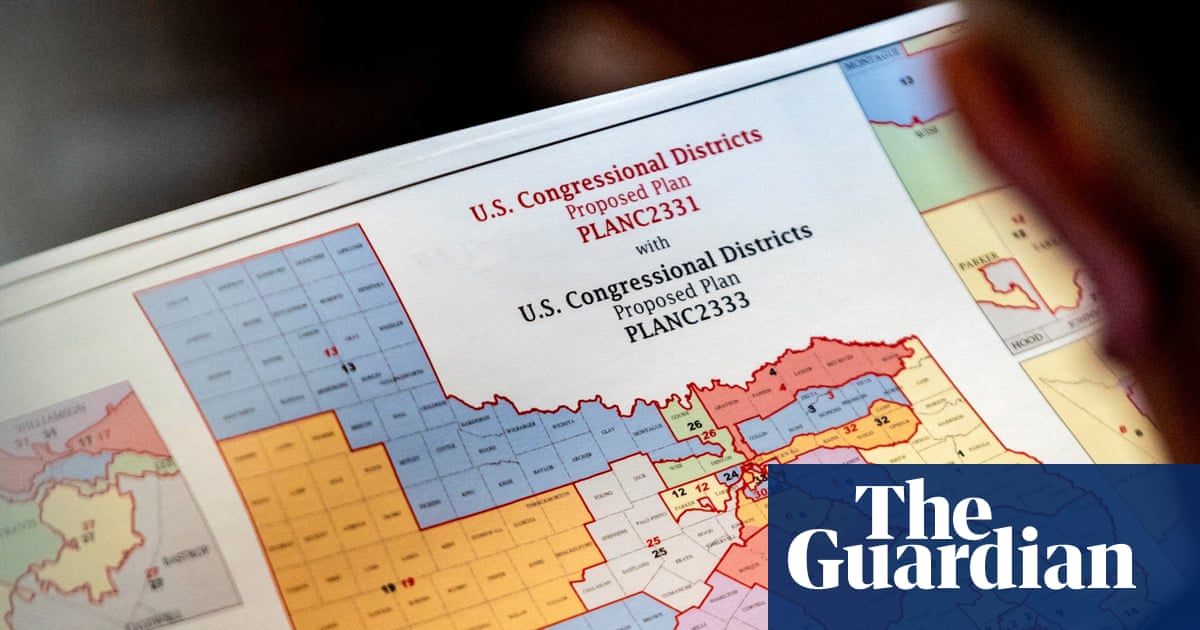People in the US shopping for health insurance through the Affordable Care Act marketplaces will face a steep 26% average price increase next year, according to new analysis from the Kaiser Family Foundation released just days before enrollment begins on 1 November.
The jump represents one of the sharpest rises since the healthcare program launched over a decade ago, with consumers using the federal healthcare.gov platform set to see even steeper hikes of 30% on average. State-run marketplaces are also expected to experience a 17% increase.
But the financial pain for many of the 24 million Americans enrolled in ACA plans, now a record number, could be far worse. Enhanced subsidies that have kept premiums affordable for millions are set to expire at year’s end, which threatens to more than double what many households actually pay out of pocket, according to KFF.
The research from the non-partisan health policy organization found that monthly payments for subsidized enrollees could increase by an average of 114% if Congress fails to extend the enhanced tax credits. The healthcare.gov website, which opened for preview shopping on Tuesday, is already displaying the higher costs that reflect the lapse in assistance.
Healthcare affordability has been the centerpiece of Washington’s standoff on the budget, which has now evolved into the second longest government shutdown in US history. Senate Democrats are demanding that any short-term government funding deal include an extension of the enhanced subsidies, while Trump and Republicans have said they will not negotiate until the government is back up and running.
The impasse triggered Everett Kelley, who leads the American Federation of Government Employees, on Monday to call for an immediate end to the shutdown with full back pay for all federal employees, saying that both parties had made their positions clear without resolution.
Yet Chuck Schumer, the Senate Democratic leader, showed no sign of backing down, pointing directly to the looming healthcare crisis. Speaking to reporters at the Capitol on Tuesday, he warned that millions of families would face panic over the weekend as they confronted dramatically higher bills. Schumer accused Republicans of inaction on a crisis that he said was entirely avoidable.
John Thune, the Republican Senate majority leader, countered by citing the union’s call to reopen government, arguing that Democrats were acting irresponsibly by refusing to support the funding measure that House Republicans approved largely along party lines last month before Mike Johnson, the House speaker, recessed the chamber.
Extending the subsidies would require $350bn in federal spending over the coming decade, according to Congressional Budget Office estimates from September.
The enhanced tax credits, approved by a Democratic Congress in 2021 and extended the following year, have helped drive marketplace enrollment to a record 24 million people this year. Biden-era officials at the Centers for Medicare & Medicaid Services touted that four in five enrollees could find plans for $10 a month or less in January.
Under the new pricing structure, only 60% of those signing up for 2026 coverage will find plans at or below $50 a month after accounting for the original subsidies that remain in place. That compares with 83% of consumers who could access such pricing for 2025. If the enhanced assistance expires, approximately 4 million more Americans would be without insurance by 2034, according to September Congressional Budget Office projections.
The last major premium spike was in 2018, when average rates jumped about 37% after a first-term Trump stopped federal payments to insurers for separate Obamacare subsidies covering out-of-pocket costs.

 German (DE)
German (DE)  English (US)
English (US)  Spanish (ES)
Spanish (ES)  French (FR)
French (FR)  Hindi (IN)
Hindi (IN)  Italian (IT)
Italian (IT)  Russian (RU)
Russian (RU)  3 weeks ago
3 weeks ago
























Comments